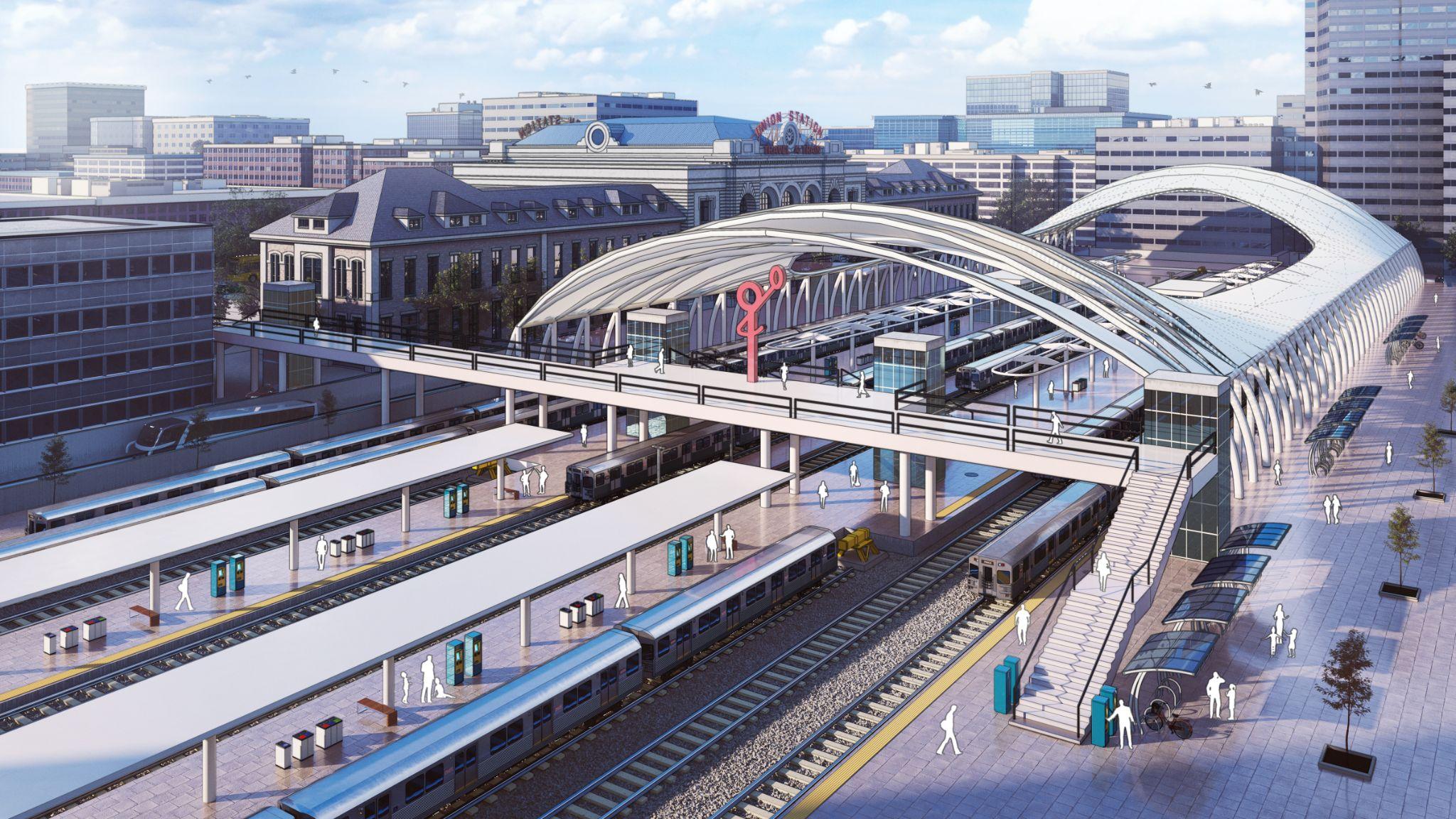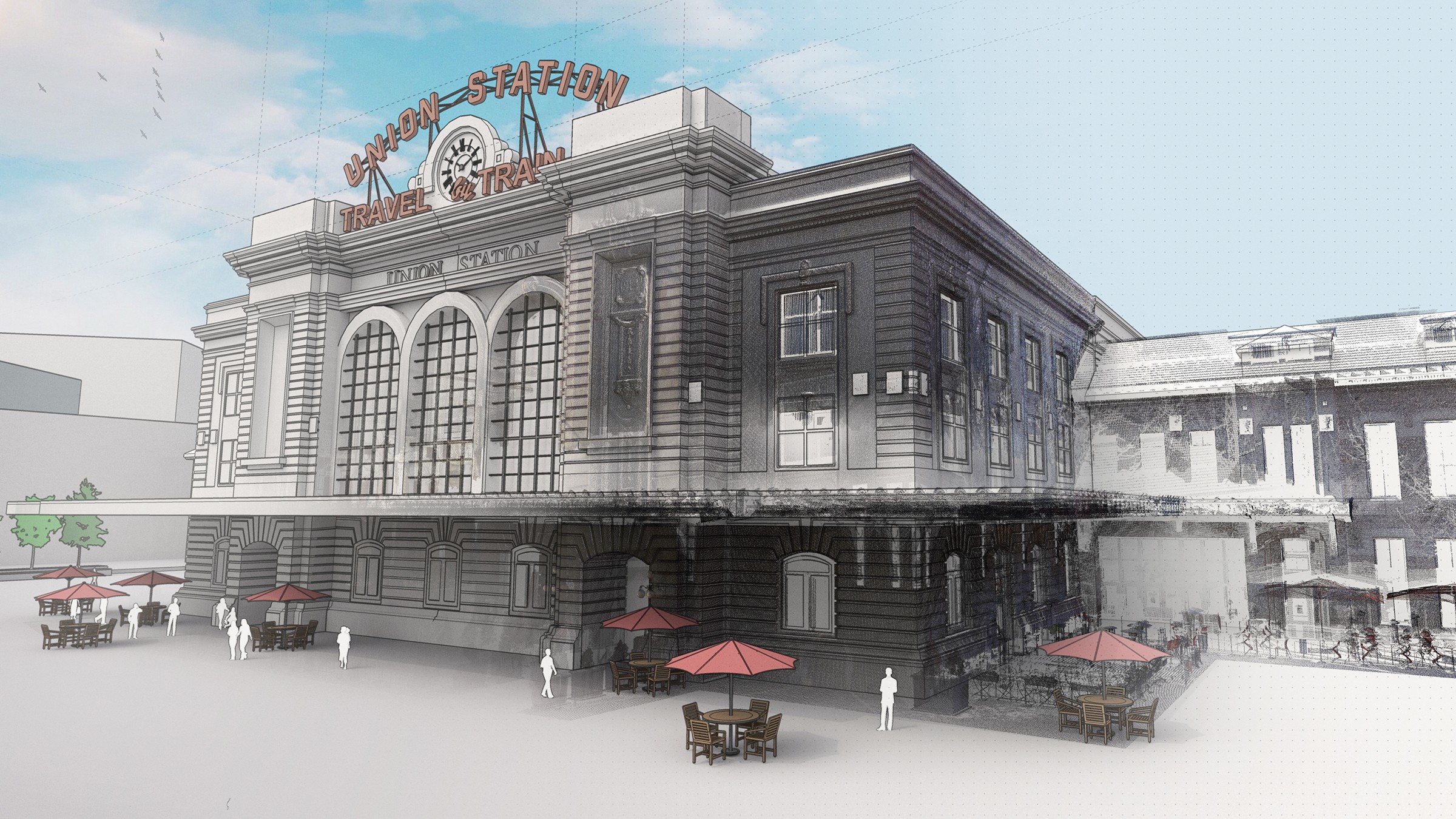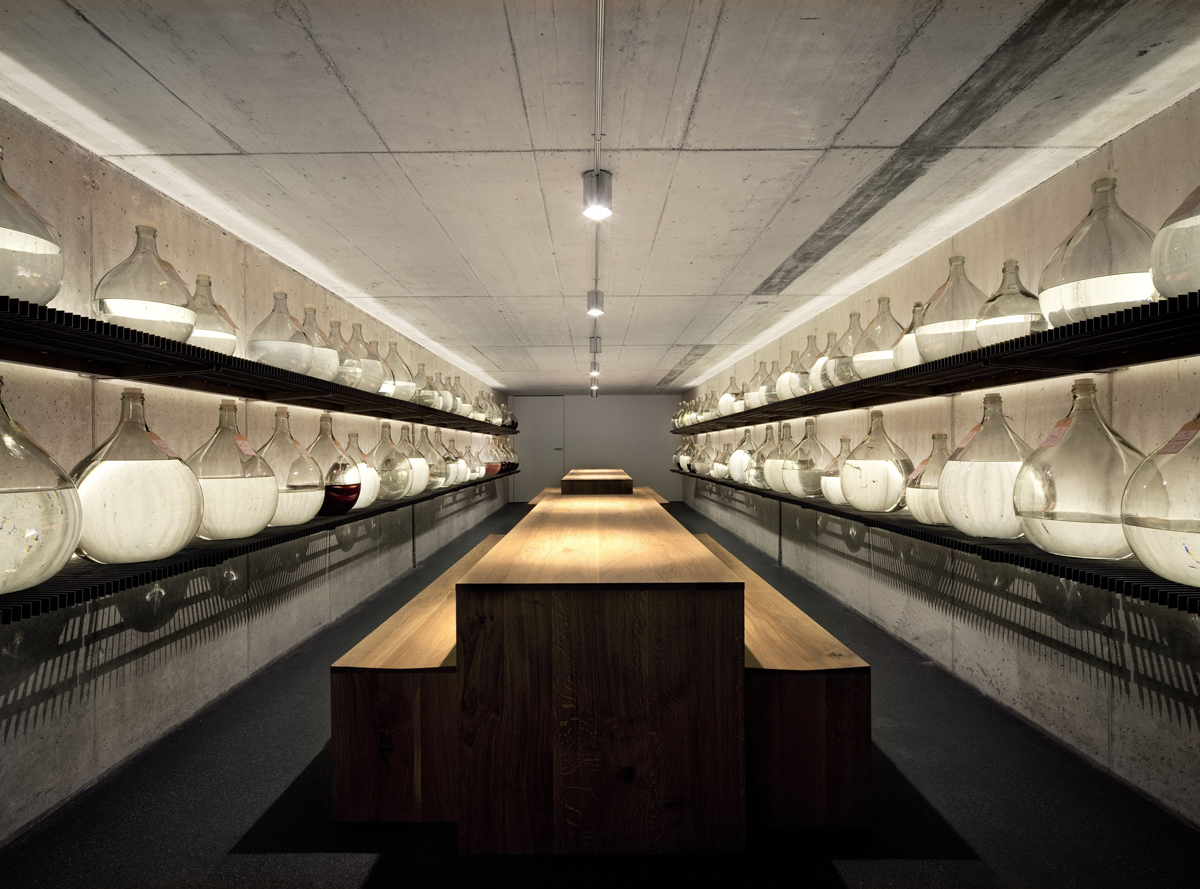You’d be hard-pressed to find an architect that hasn’t used SketchUp at some point during their professional life. Beloved by millions of users worldwide, the program has revolutionized 3D design for the AEC industry; its intuitive suite of tools and streamlined interface help make technical modeling more accessible than ever before. But perhaps the most important reason behind this application’s enduring popularity lies in its continual evolution — the SketchUp team never stops developing their platform to ensure it remains an essential tool for architects.
It should come as no surprise, then, that the recently relaunched SketchUp Studio — SketchUp’s holistic modeling suite for professional users — contains some remarkable features that promise to supercharge the design-build process of architects. We ran the rule over the latest additions to SketchUp’s growing toolkit, highlighting how they could be implemented in your architectural workflow for upcoming projects.

Create “As-Built” Models Using Point Cloud Data
Now included in SketchUp Studio, Scan Essentials allows users to import point clouds from drones, terrestrial scans, photogrammetry, lidar sensors and mobile mapping right into their SketchUp model. It’s a huge leap forward for 3D modeling using existing site information, whether for a new build or a renovation project.
Once upon a time, modeling the ‘as built’ conditions of a site could take as long as modeling the proposal itself. The Scan Essentials extension provides a vital headstart for designers, making real-life reference points available to build a base model right in SketchUp. It’s also possible to edit the color and transparency of your point clouds using the easy-to-use Point Cloud Manager, allowing you to compare your 3D model against point cloud data to ensure a high degree of modeling accuracy.
Another key asset of Scan Essentials is that it supports the import of a wide variety of file formats from industry-standard software and hardware, such as Trimble 3D laser scanners, photogrammetry datasets from drones, and LIDAR scanning apps on mobile devices.

Enhance Your Visualizations With Real-Time and Photorealistic Rendering
The birth of V-Ray made photorealistic rendering a mainstream discipline in architecture. The application has made leaps and bounds in recent years, allowing for advanced visualization within the 3D modeling environment. Its latest iteration, V-Ray 5, is now included in a SketchUp Studio subscription, opening up astonishing possibilities for designers looking to up their rendering game.
V-Ray 5 is incredibly powerful, offering both novice and expert users the ability to render, refine, and export powerful images of their SketchUp models. V-Ray Vision, included in this offering, provides users with an “interactive, real-time digital camera”, allowing for instant feedback while you experiment with different materials and lighting. The toolbox for lighting has also expanded; it’s now possible to simulate a range of natural lighting options for interior and exterior scenes with just a few clicks, and to create dozens of lighting scenarios from a single image without the need for re-rendering.

When it comes to applying textures and detailed objects to your model, V-Ray 5 offers a wealth of options. The software comes complete with a library of over 500 professional architectural materials, which are perfect for immediate use or for full customization to suit each project.
Further to this, V-Ray 5 users have access to an extensive render-ready library in the form of Chaos Cosmos. This high-quality, smart 3D content includes furniture, people, accessories, lighting and vegetation, all ready to drop into your model with a click.

Finally, V-Ray holds a few additional tricks up its proverbial sleeve that are sure to have clients’ eyes widening. Firstly, it’s possible to add linework over the top of your images to add contouring, depth and outlines to your designs, and create stunning, stylized renderings for presentation purposes.
Secondly, V-Ray’s animation tool allows you to fly through your projects with stakeholders, right in your model or even in virtual reality at a 1:1 scale.

The addition of Scan Essentials and V-Ray 5 makes SketchUp Studio one of the most comprehensive modeling and rendering suites available to date. Thankfully, the intuitive nature of SketchUp’s interface and its easy-to-use drawing tools remain in place, providing a solid foundation upon which designers can experiment with these powerful new features.
As architecture’s most accessible modeling software is armed with increasingly sophisticated capabilities, it will prove fascinating to see what architects create on the platform next. Either way, SketchUp’s reputation as a creative catalyst remains as strong as ever.
To learn more about SketchUp Studio and try it for yourself, watch SketchUp’s free on-demand webinar or sign up for a 30-day free trial.









